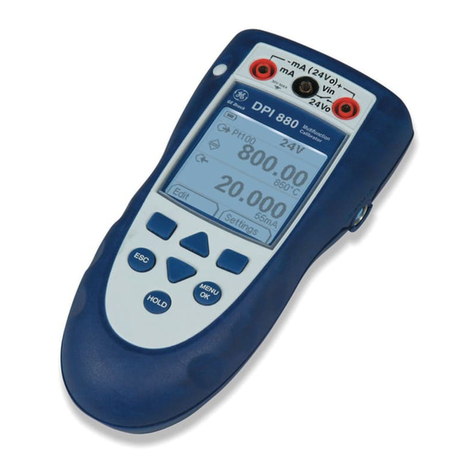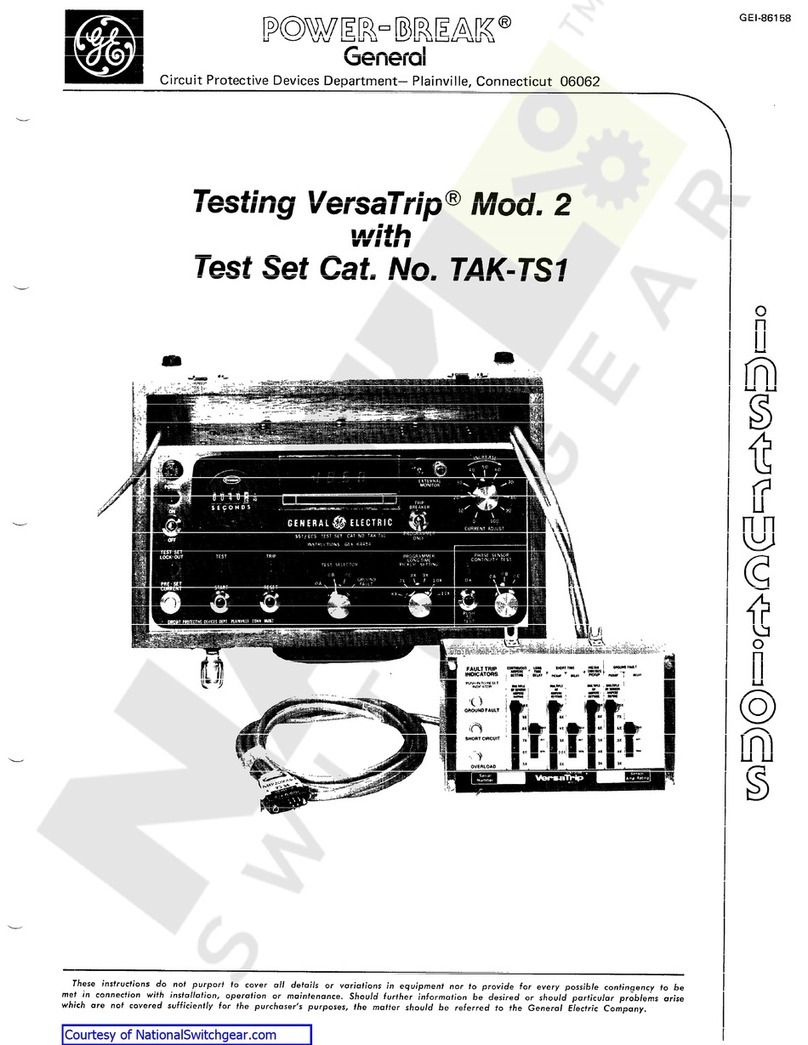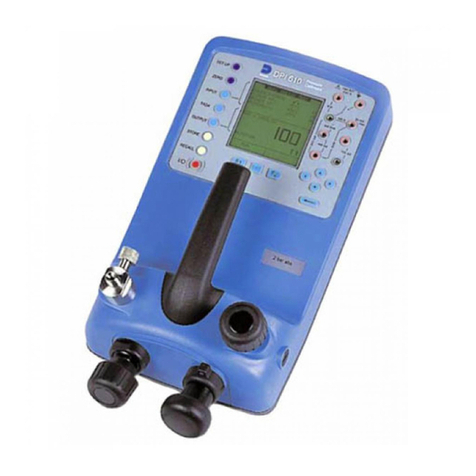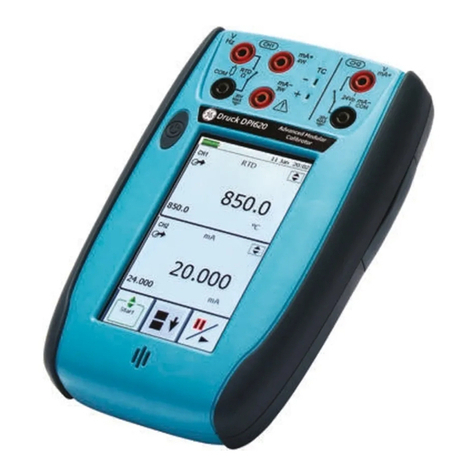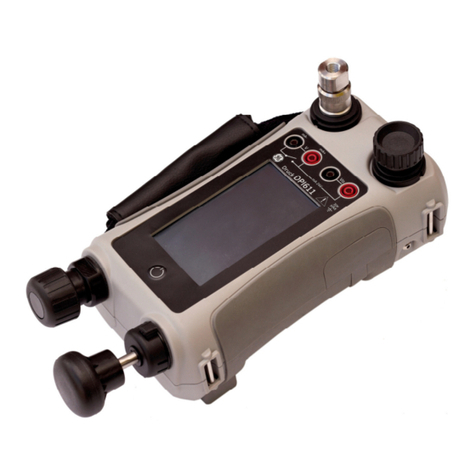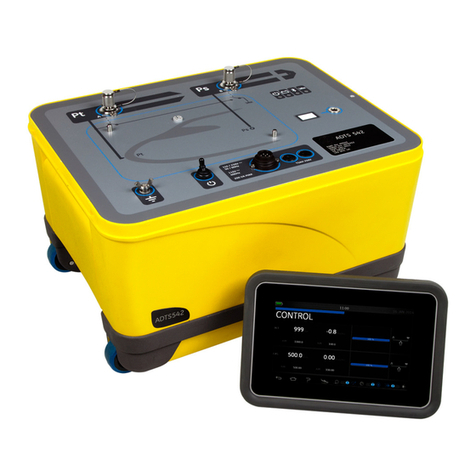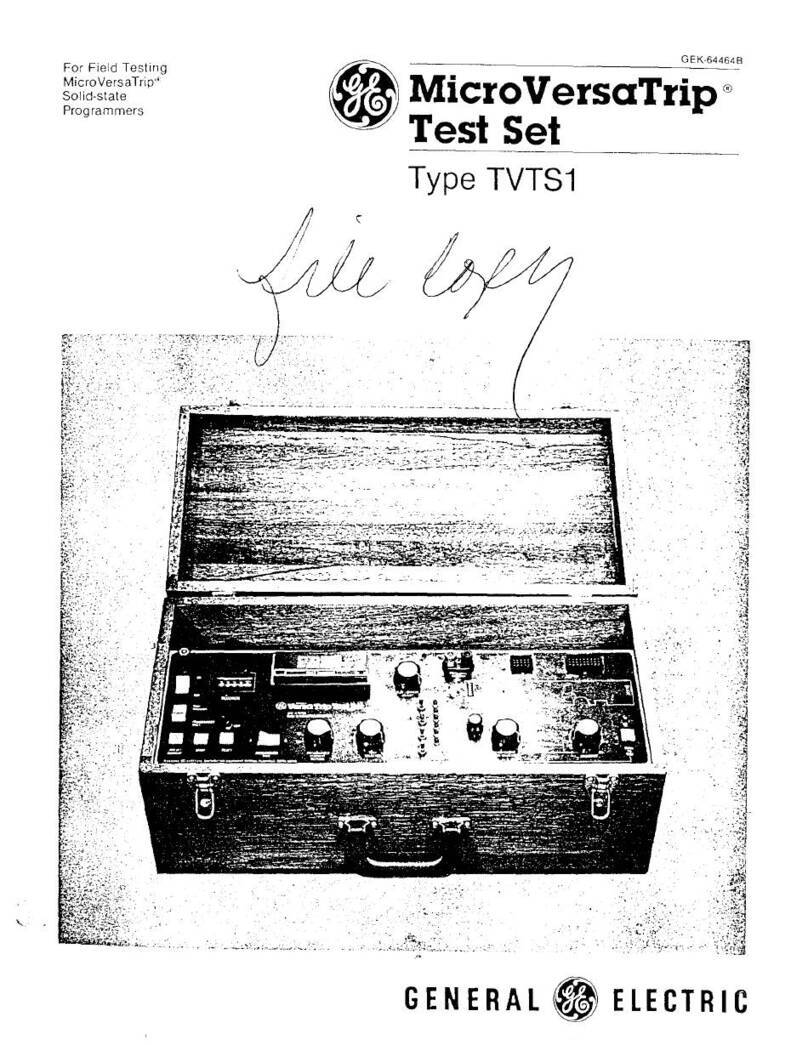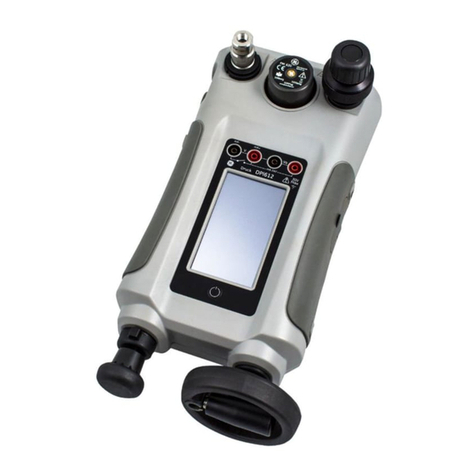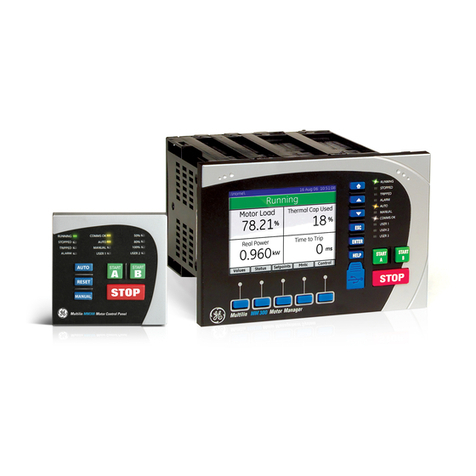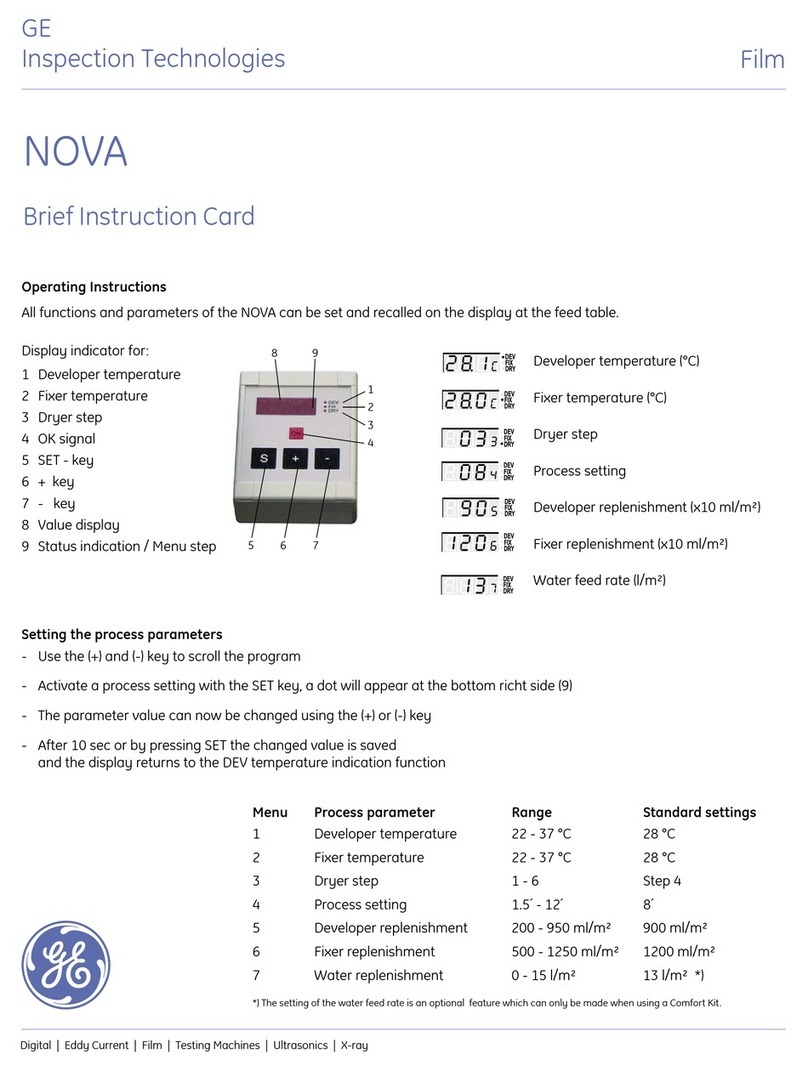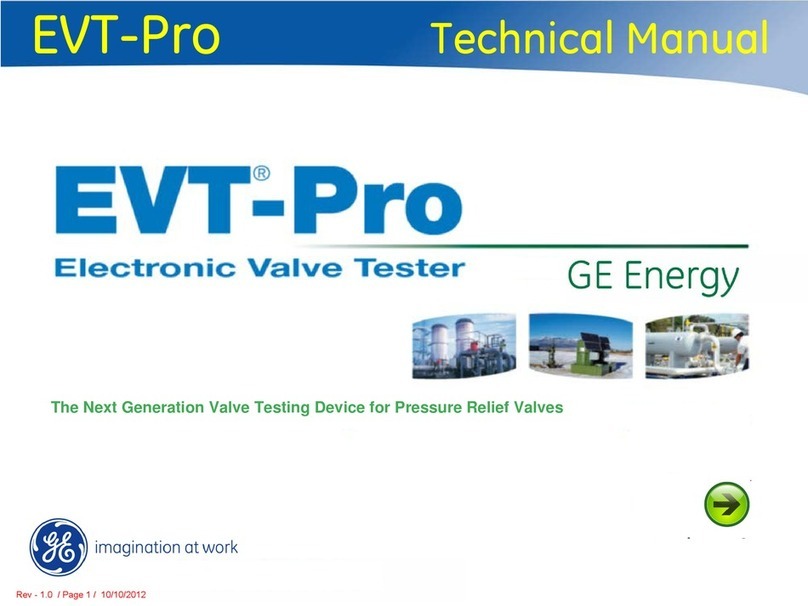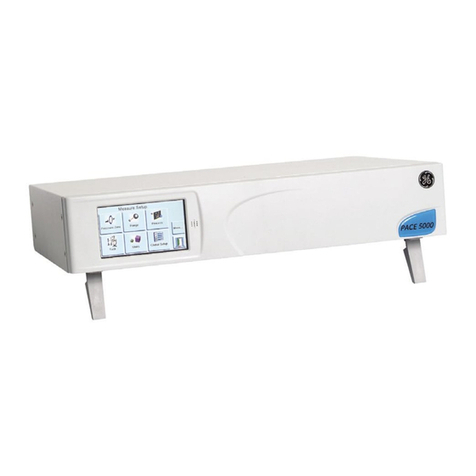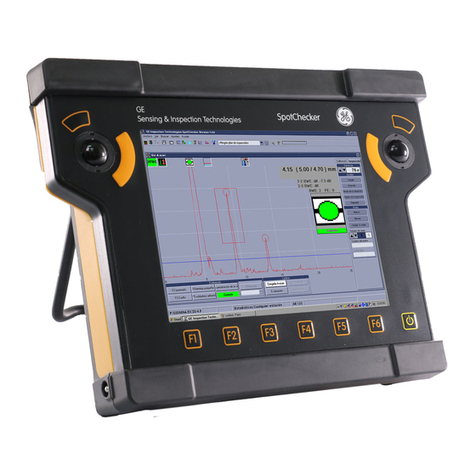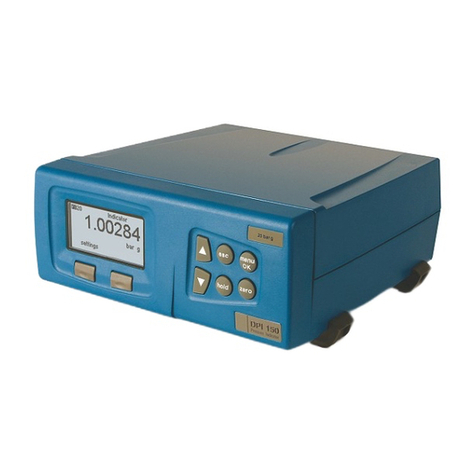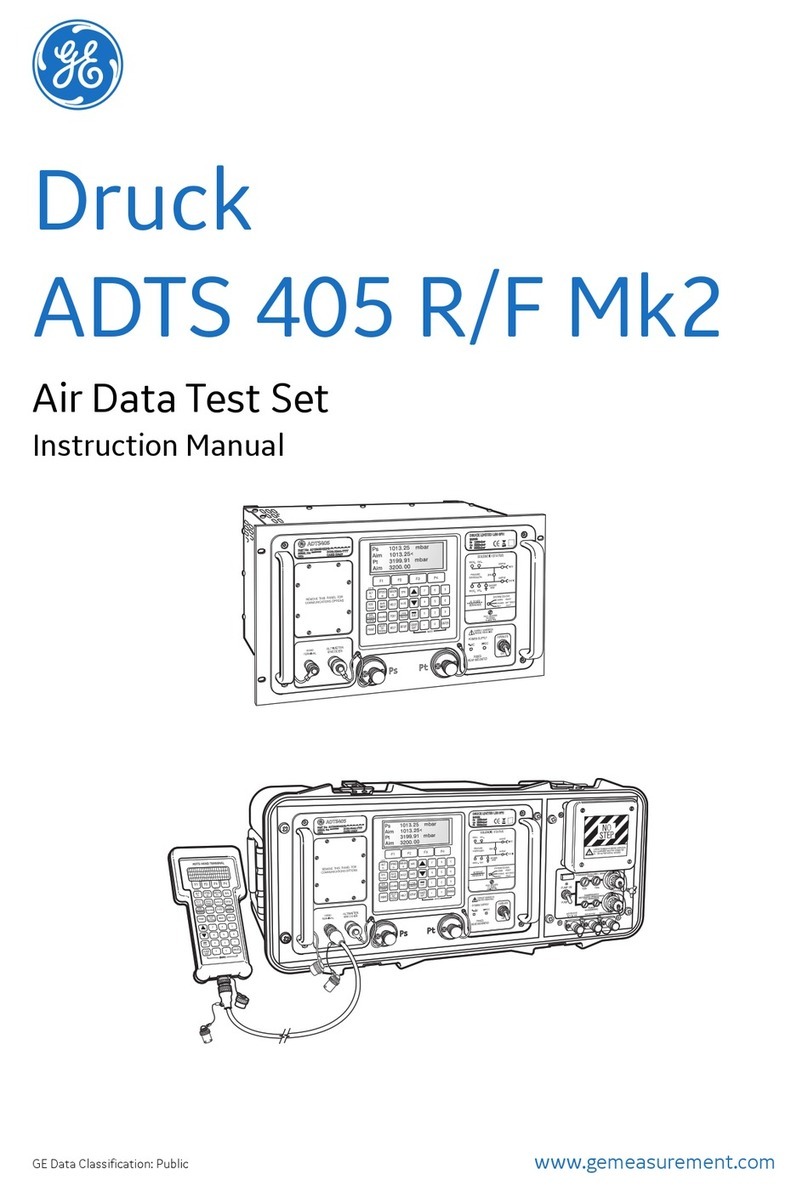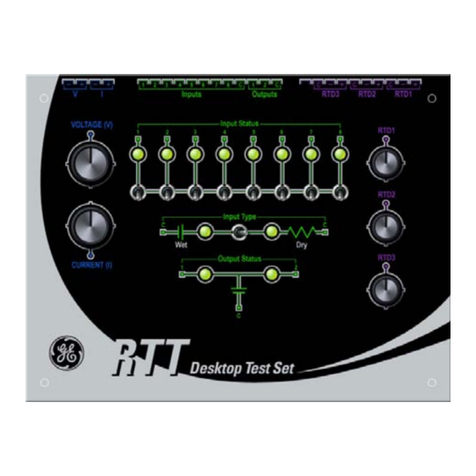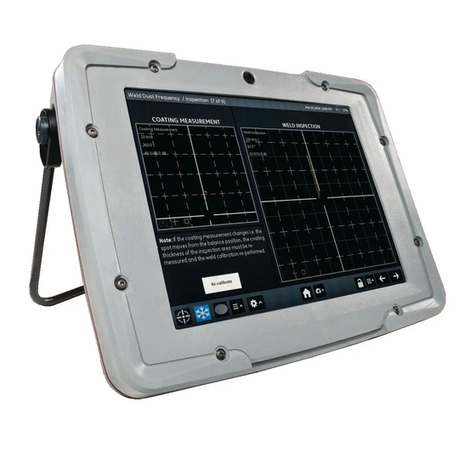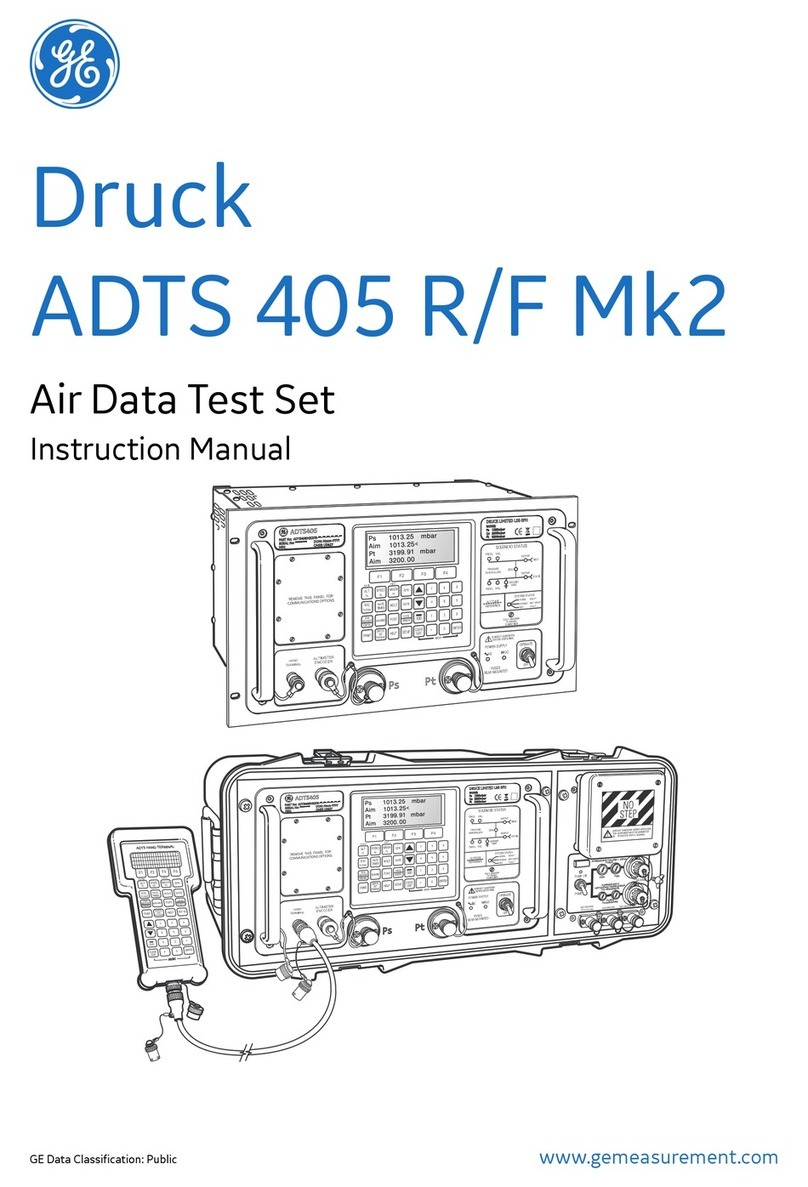SECTION 1
AUTHORIZED USE / EVT PRO 2.0®FIELD TEST (IN-SITU) TESTING PROCEEDURE
EVT PRO 2.0® Operations and Technical Manual (Rev 1.0 –2016) NOT FOR COPY OR DISTRIBUTION Page 1
I. Scope:
Thisinstruction outlines recommended field testing procedures for establishing set pressurefor
installed Pressure Relief Valves(PRV) in afield environment using the Electronic Valve Tester, EVT
PRO2.0®
II. Technician Responsibilities:
1. Prior to using the EVT PRO 2.0®, all technicians should be trained and certified in the use of the
equipment. Additionally, technicians should be GTC certified in the various classes for which
the work applies and on record as being up to date in their respective training. Technicians
should be familiar with:
a. PRV installation, operation, maintenance, and trouble-shooting;
b. GEprocedures outlined in Assembly Instructions, Performance Test Instructions, and
Engineering Instructions, and;
c. Theapplicable manufacturer's testing/maintenance instructions for the PRV being
tested.
2. Technicians should ensure that all test equipment; including pressure measuring devices,
havea current calibration traceable to the standards outlined in the NBICSection3,
4.5.2 (or other regional calibration standards) Equipment serial numbers and calibration dates
are recorded on the final test report. Techniciansshould provide current calibration
documents for customer review upon request.
3. Technicians should properly notify all associated plant personnel, and ensure that the required
PPE is worn,reviewof bestpracticesforhazardousenvironments,and complete all site specific safety training
and LOTOrequired by the customer prior to conducting in-situtesting.
Ill. Test Requirements:
4. Technicians should ensure that all documentation; JSA,work permits and/or safework practices
are completed and discussedprior to beginning in-situ testing. This includes verifying that the
areawhere testing will occur is free of hazards,and has proper access and egress.
5. Techniciansperforming in-situ testing should ensure that there is direct communication between
themselves and plant operations throughout the entire testing event. Techniciansalso should
ensure that the system pressure and system stability are within the requirements established
by the GTC or Plant for in-situ testing. It is highly recommended that PRVs with an inlet
pressurelessthan 50%of set pressure or in excessof 90%of set pressure should not be tested.
NOTE: For dangers of testing below 50% or above 90% of set pressure, see warning in
Section 2 on page 3.
6. Itis recommendedthatPRVs that display an indication of leaking should not be tested. If leakage
can be stopped in asafe manner, i.e., initial lift to remove trash from seats,minor adjustment
of the compression screw, etc., and the integrity of the PRVis not suspect, in-situ testing can
continue provided no additional hazards exist. Technicians should remain cognizant of any open
dischargesand/or drains when conducting in-situ testing.
IV. EVT PRO 2.0®Inspection, Set-up, and Use:
7. Technicians should verify that the EVT PRO 2.0®is calibrated, batteries are charged, fluid levels
are topped off, and cablesand end connectors are not damaged. Ensurehardware, including
mounting bracket and adaptors, is complete and in good working order.
